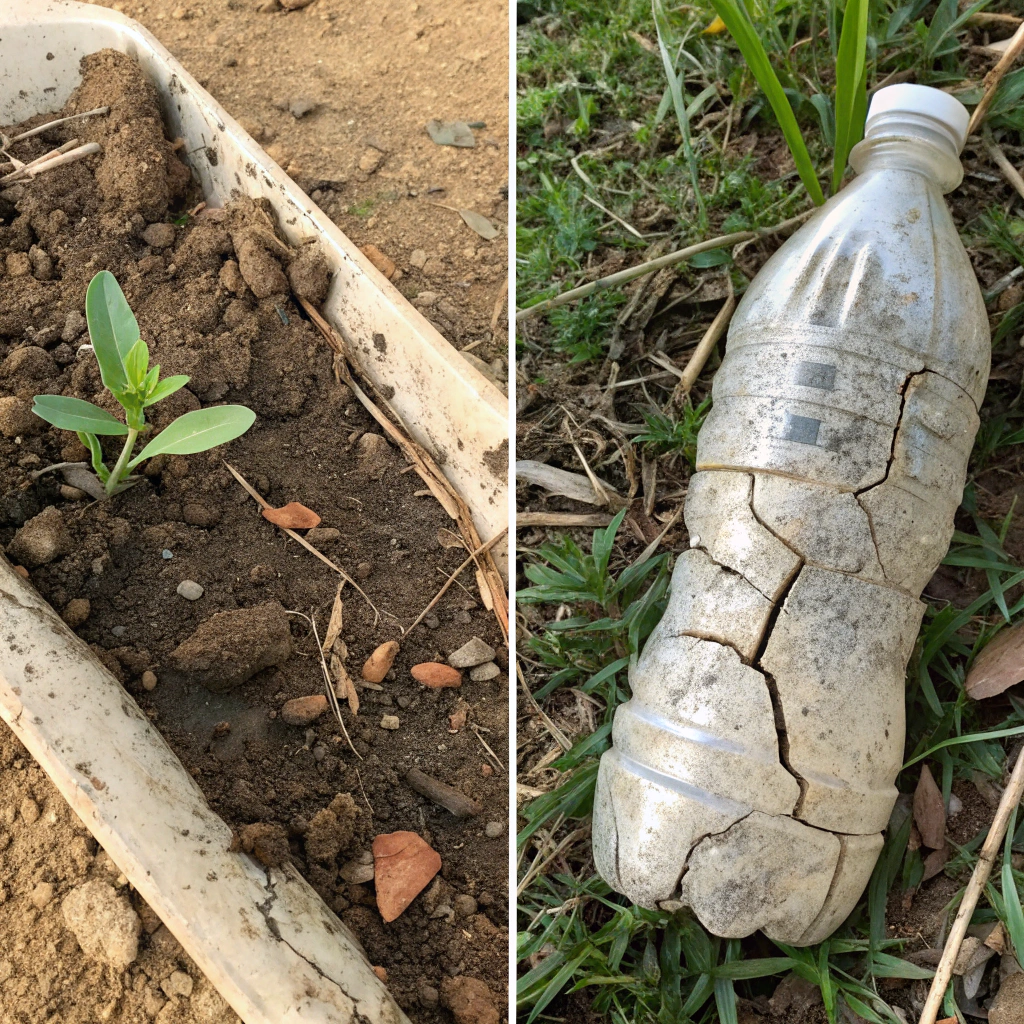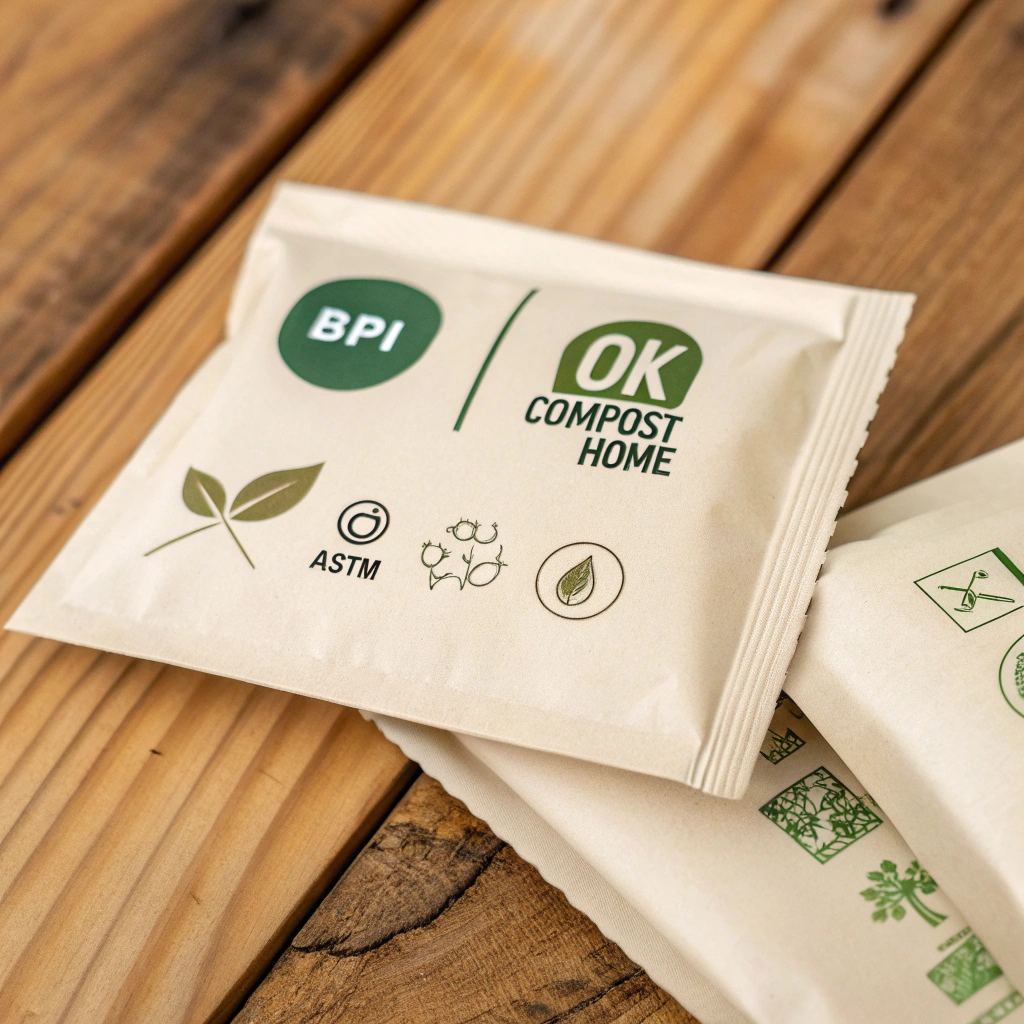Biodegradable vs. Compostable: Making the Right Material Call
As sustainable packaging gains momentum, the terms “biodegradable” and “compostable” often appear on product labels—but they aren’t the same thing. Understanding the difference between these two eco-terms is essential for businesses aiming to reduce environmental impact and make smarter material choices.
In this article, we’ll explain how biodegradable and compostable packaging materials differ, their pros and cons, and how to choose the right option for your business and customers.
🌿 What Does “Biodegradable” Really Mean?
“Biodegradable” means that a material can naturally break down over time into water, carbon dioxide, and biomass—with the help of microorganisms. However, there’s a catch: **there’s no defined timeframe or conditions** under which this process must occur.
This means some “biodegradable” plastics may take years (or decades) to decompose in landfills, especially in environments without oxygen, moisture, or microbes.

🌱 What Makes Something Compostable?
“Compostable” materials go a step further. To be labeled compostable, a product must break down in **a specific timeframe** under composting conditions—usually within 90 to 180 days—and leave behind no toxic residue.
There are two types of compostable packaging:
- Industrial compostable – Requires high heat and controlled composting facilities
- Home compostable – Breaks down in backyard compost piles at lower temperatures

♻️ Certifications That Matter
When choosing compostable or biodegradable packaging, look for **credible third-party certifications** to back up those claims:
- BPI Certified – Industrial compostability in North America
- OK Compost HOME / INDUSTRIAL – EU-based standards for composting at home or in facilities
- ASTM D6400 / EN 13432 – Technical standards that define compostability in different regions
🔬 Biodegradable vs. Compostable: Key Differences
| Feature | Biodegradable | Compostable |
|---|---|---|
| Breakdown Timeframe | Unknown / undefined | Usually under 180 days |
| Conditions Required | May vary greatly | Specific composting environment |
| Toxic Residue | Possible | None |
| Certifications Available | Few or none | Strict and reliable |
📦 Which Should You Choose?
Choosing the right packaging depends on your products, your customers, and local waste infrastructure.
Choose compostable packaging if:
- You’re targeting environmentally conscious consumers
- Your market has access to composting facilities
- You want certified materials with low environmental impact
Choose biodegradable packaging if:
- You want flexibility in materials and cost
- You understand it may take longer to break down
- You clearly communicate limitations to consumers

✅ Final Thoughts
“Biodegradable” and “compostable” aren’t interchangeable—and understanding the difference helps your business make better material decisions. Compostable packaging generally offers more environmental benefits, but only when disposed of properly. Biodegradable materials offer flexibility, but may not perform as expected without the right conditions.
At Imperial Paper, we offer a range of certified compostable and recyclable packaging solutions. We’ll help you navigate the best materials for your products, brand goals, and customer expectations.
📞 Contact our team or explore our eco-packaging catalog to start making better material calls today.

